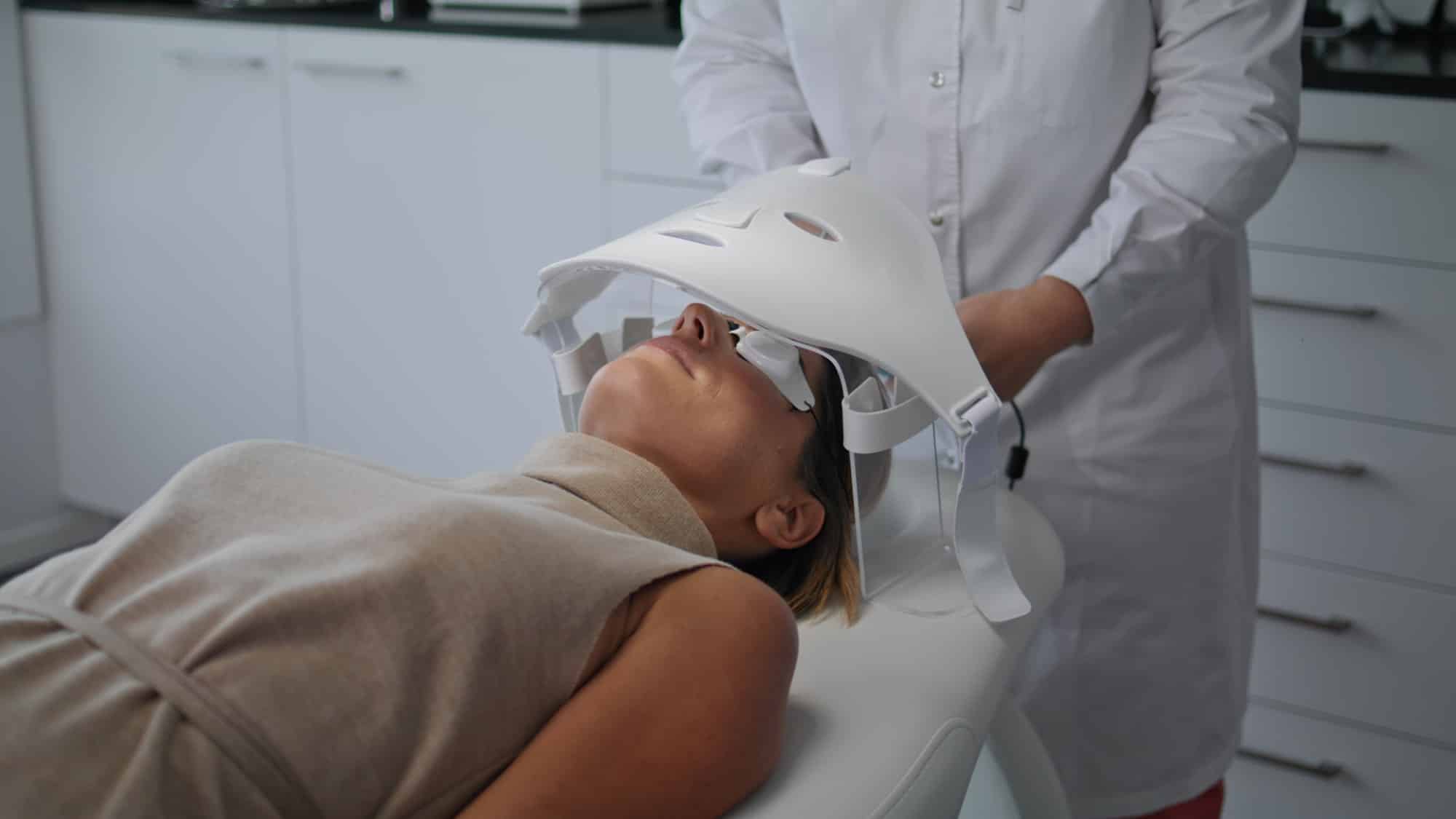What Are the Pros and Cons of Blue Light Exposure in Treating Seasonal Affective Disorder?

Lights have an undeniable influence on our lives—it sets the mood, guides us through the darkness, and even impacts our health in various ways. In the health sector, one interesting aspect of light that has gained considerable attention is blue light therapy. Primarily used in treating Seasonal Affective Disorder (SAD), this treatment has sparked interest among scholars and health practitioners.
As we delve into the topic, we will explore aspects such as the effectiveness of this therapy, its side effects, and the role it plays in our sleep and circadian rhythm. By the end of this discourse, you will have a comprehensive understanding of the pros and cons of blue light exposure in treating SAD.
A lire également : Can Mindfulness-Based Art Therapy Reduce Anxiety Levels in High School Students Facing Exam Stress?
Understanding Seasonal Affective Disorder
Before we delve into the pros and cons of blue light therapy, it is crucial to understand the disorder it is designed to treat— Seasonal Affective Disorder. This section aims to provide a clear and concise explanation of SAD, its symptoms, and how it impacts people, especially during winter.
Seasonal Affective Disorder is a type of depression that typically affects people during the winter months when the days are shorter and darker. Symptoms often start in the fall and continue into the winter months, sapping energy and making people feel moody. Common symptoms include feelings of depression almost every day, loss of interest in activities you once enjoyed, low energy, problems with sleeping, and changes in appetite or weight.
Cela peut vous intéresser : How Does a Gluten-Free Diet Affect Athletic Performance in Non-Celiac Endurance Athletes?
The Role of Blue Light Therapy in Treating SAD
Now that we have a firm understanding of SAD, we can delve into how blue light therapy works as a treatment. In this section, we will lay out the therapeutic effects and the potential concerns associated with this treatment strategy.
Blue light therapy entails exposure to a particular type of light that mimics natural outdoor light. This exposure appears to cause a change in brain chemicals linked to mood. It is typically recommended for individuals suffering from SAD since the disorder is commonly triggered by the decreased amount of sunlight in fall and winter.
Potential Pros of Blue Light Therapy
Blue light therapy boasts several benefits, especially when it comes to the treatment of SAD. The main advantage is that it helps in resetting the circadian rhythm, which in turn aids sleep, mood, and various aspects of our health.
The circadian rhythm, also commonly referred to as the body’s internal clock, regulates a variety of internal processes, including sleep-wake cycles, hormone release, body temperature, and other essential bodily functions. By resetting this rhythm, the blue light mimics the effects of sunlight, potentially reducing the symptoms of SAD.
Additionally, blue light therapy does not require any medication, thereby making it an excellent alternative for people who don’t respond well to antidepressants or those who prefer not to take them at all.
Potential Cons of Blue Light Therapy
While the benefits of blue light therapy are significant, it is also important to acknowledge the potential cons. The main concern with this treatment is the potential side effects it may have on the eye health.
Excessive exposure to blue light can potentially harm our eyes. Studies indicate that too much blue light exposure may lead to digital eyestrain or retina damage. The symptoms of digital eyestrain include sore or irritated eyes and difficulty focusing.
Additionally, timing the therapy can be quite critical. Incorrect timing can lead to a shift in circadian rhythm that might result in poor sleep quality instead of enhancing it.
The Role of Blue Light Therapy Devices
Considering the sensitivity in timing the blue light therapy and the potential risk to eye health, the role of blue light therapy devices becomes crucial. In this section, we will discuss the importance of these devices.
Blue light therapy devices come in various forms – light boxes, desk lamps, wearable devices, and even smartphone apps. These gadgets are designed to give you control over your light exposure, allowing you to adjust the intensity, timing, and duration of the blue light exposure to suit your needs and minimize potential side effects.
Please remember that while blue light therapy can be effective in managing the symptoms of SAD, it should not replace consultation with a healthcare provider. Always seek professional advice if you are experiencing symptoms of depression or any other health condition.
The Impact of Blue Light on Sleep and Mental Health
Blue light exposure can have a significant impact on both our sleep and mental health. The connection between blue light, sleep, and mental health is primarily due to the circadian rhythm, which we briefly touched on earlier.
The circadian rhythm, our internal body clock, is strongly influenced by light exposure. During the day, blue light from the sun helps to keep us awake and alert. However, the decrease in sunlight during autumn and winter months can disrupt this rhythm, leading to problems like insomnia and depression, characteristic of Seasonal Affective Disorder.
On the flip side, exposure to artificial blue light from digital devices late in the evening can also disrupt our sleep cycle. The brain interprets this light as daylight, which can suppress the production of melatonin, a hormone that helps us sleep. This disruption can lead to poor sleep quality and daytime fatigue, which can further exacerbate symptoms of depression.
Despite these potential drawbacks, the right application of blue light can be therapeutic. Studies from Google scholar and PubMed indicate that timed exposure to blue light can reset our circadian rhythm, effectively treating SAD symptoms.
However, one must also be mindful of the side effects, such as the potential for digital eyestrain and retina damage from excessive blue light exposure. As such, the use of blue light therapy should be carefully managed, preferably under the guidance of a healthcare provider.
Conclusion: Balancing the Pros and Cons of Blue Light Therapy
In conclusion, blue light therapy offers a promising, medication-free treatment for Seasonal Affective Disorder. It works by mimicking the effects of sunlight, helping to reset our circadian rhythm and improve symptoms of depression. Many free articles available on PMC and PubMed Google affirm the benefits of this form of light therapy.
However, while the upsides are significant, it’s equally important not to overlook the potential cons. Particularly, the potential for damage to eye health from excessive blue light exposure, and the risk of disrupted sleep if the timing of the therapy is not accurately managed.
Investing in a good quality light box or another blue light therapy device can make a difference, allowing you to control the intensity, timing, and duration of blue light exposure. The key is to use these devices mindfully, under the guidance of a healthcare provider if necessary, to maximize the benefits while minimizing the risks.
Remember, while blue light therapy can be effective, it should not replace professional medical advice or treatment. If you are experiencing symptoms of SAD or any other mental health condition, it’s crucial to seek help from a healthcare professional. This principle applies not just to light treatment but to every aspect of our mental health.
